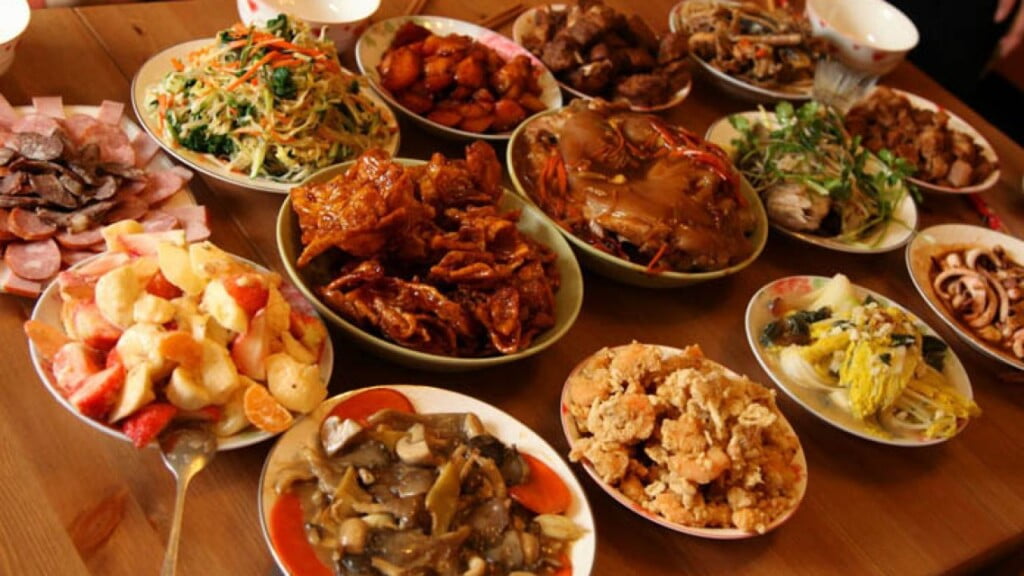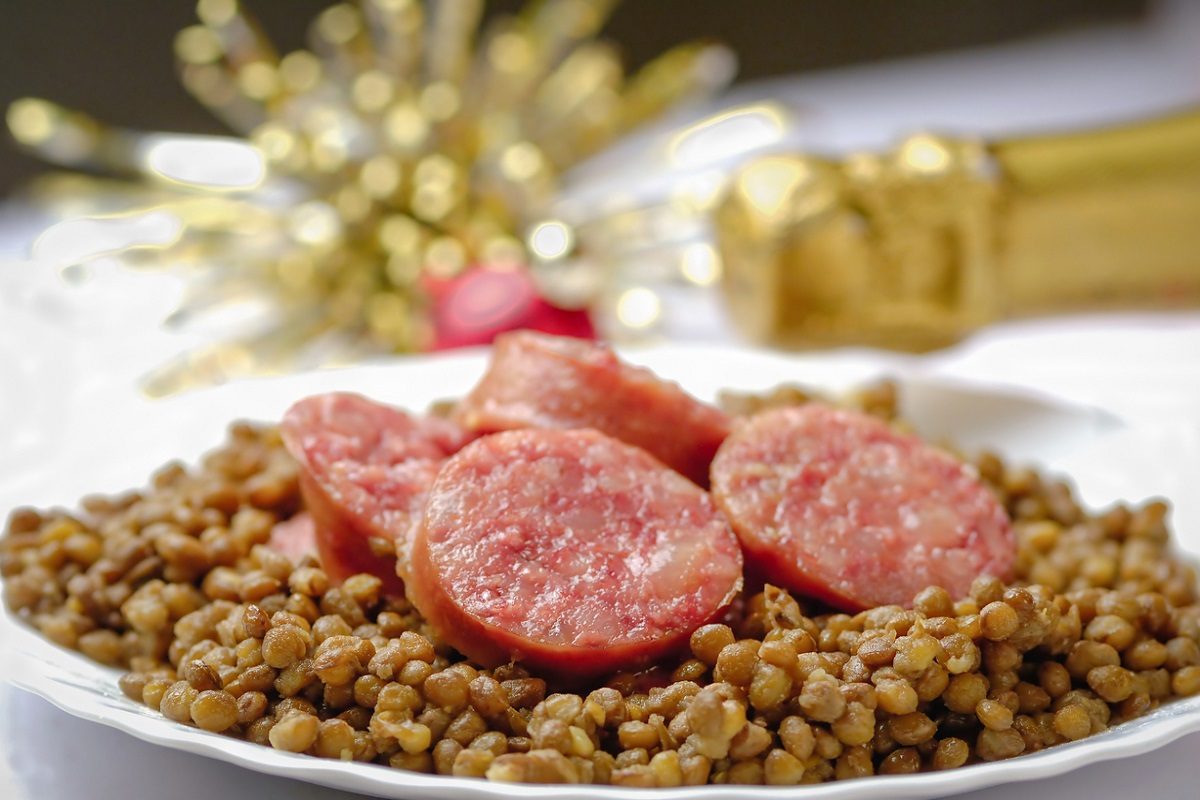
Hoppin’ John

This dish’s name may sound weird for some of us but people in American South considered this an important New Year’s food. This dish includes pork-flavored field peas or black-eyed peas mixed with rice, people usually eat this dish with collards or other cooked vegetables. It is believed that this dish brings good luck to those who eat it. There are many different origins and names of this meal but people locate the current origin of this dish was from African and West Indian. This dish received its name in Charleston, South Carolina.
Twelve grapes

In Spain, it is a tradition for Spanish to gather in front of the square’s clock tower to wait for the ring n New Year’s eve. It is a normal thing for everyone to eat grapes at the stroke of midnight. To be more specific, Spanish eat one grape for every toll of the clock bell. Some people even peel and seed the grapes to make sure that they keep up with the toll. This tradition appeared at the turn of the 20th century and this tradition has spread to many Spanish-speaking nations.
Austria and its neighbor Germany call New Year’s Eve Sylvesterabend , or the eve of Saint Sylvester. Austrian revelers drink a red wine punch with cinnamon and spices, eat suckling pig for dinner and decorate the table with little pigs made of marzipan, called marzipanschwein.
Good luck pigs, or Glücksschwein, which are made of all sorts of things, are also common gifts throughout both Austria and Germany.
Soba noodles

In Japan, there is a custom that every family does in New year’s Eve. That custom is eating buckwheat soba noodles or toshikoshi soba at midnight on New Year’s Eve to say goodbye to the previous year and say hello to the new year. Since the 17th century, people considered long noodles are symbols of prosperity and long life. Another famous New Year tradition of Japan is pounding mochi rice cakes together with friends and family. After the pounding process is finished, the participant take small pieces and make into small buns to eat for dessert.
Cotechino con lenticchie

Italians celebrate New Year’s Eve with La Festa di San Silvestro, often commencing with a traditional cotechino con lenticchie, a sausage and lentil stew that is said to bring good luck (the lentils represent money and good fortune) and, in certain households, zampone, a stuffed pig’s trotter.
The meal ends with chiacchiere — balls of fried dough that are rolled in honey and powdered sugar — and prosecco. The dishes find their roots in Modena, but New Year’s Eve feasts thrive across the country.


